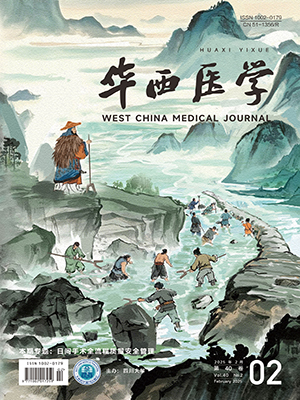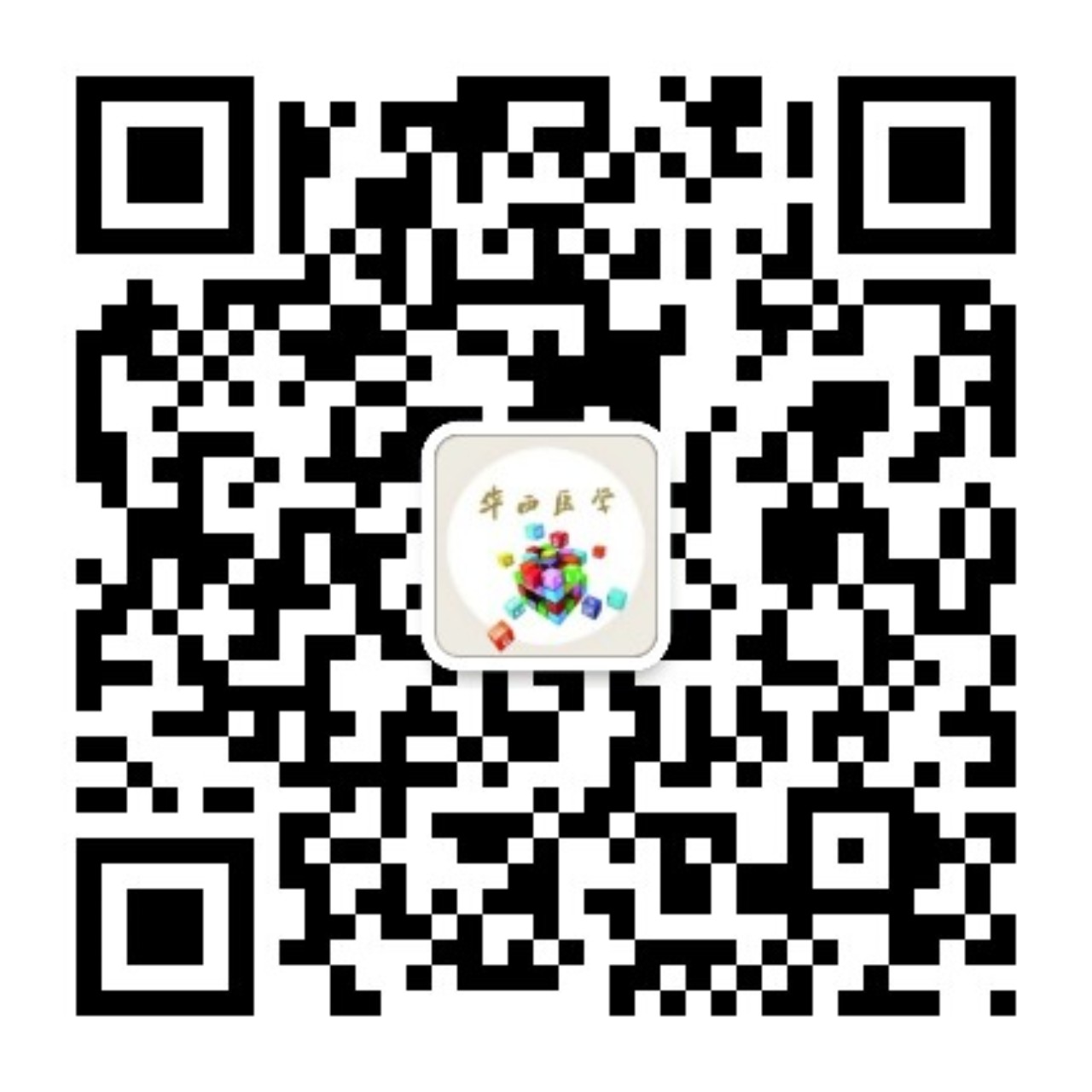| 1. |
李舜伟, 李焰生, 刘若卓, 等. 中国偏头痛诊断治疗指南[J]. 中国疼痛医学杂志, 2011, 17(2):65-86.
|
| 2. |
偏头痛诊断与防治专家共识组. 偏头痛诊断与防治专家共识[J]. 中华内科杂志, 2006, 45(8):694-696.
|
| 3. |
王翩, 陈宁, 郭江, 等. 门诊原发性头痛患者就诊类型研究[J]. 华西医学, 2014, 29(6):1106-1108.
|
| 4. |
Lantéri-Minet M, Massiou H, Romatet S, et al. An instrument to assess patient perceptions of satisfaction with acute migraine treatment (EXPERT Study)[J]. Headache, 2011, 51(4):590-601.
|
| 5. |
Silberstein SD, Winner PK, Chmiel JJ. Migraine preventive medication reduces resource utilization[J]. Headache, 2003, 43(3):171.
|
| 6. |
Evers S, Afra J, Frese A, et al. EFNS guideline on the drug treatment of migraine-revised report of an EFNS task force[J]. Eur J Neurol. 2009, 16(9):968-981.
|
| 7. |
Tfelt-Hansen PC. Evidence-based guideline update:pharmacologic treatment for episodic migraine prevention in adults:report of the Quality Standards subcommittee of the American Academy of Neurology and the American Headache Society[J]. Neurology, 2013, 80(9):869-870.
|
| 8. |
Estemalik E, Tepper S. Preventive treatment in migraine and the new US guidelines[J]. Neuropsychiatr Dis Treat, 2013, 9:709-720.
|
| 9. |
Tfelt-Hansen PC, Hougaard A. Migraine:new US guidelines for preventive treatment of migraine[J]. Nat Rev Neurol, 2012, 8(8):419-421.
|
| 10. |
Marmura MJ, Silberstein SD, Schwedt TJ. The acute treatment of migraine in adults:the american headache society evidence assessment of migraine pharmacotherapies[J]. Headache, 2015, 55(1):3-20.
|
| 11. |
刘宏伟, 邹忆怀, 张勇, 等. 偏头痛研究方法学的现代研究概况[J]. 吉林中医药, 2015, 35(1):98-102.
|
| 12. |
谷峰. 中医"头痛"病名考辨[J]. 吉林中医药, 2012, 32(9):959-960.
|
| 13. |
杨佳, 沈燕, 王舒. 经期偏头痛中医药临床研究进展[J]. 中华中医药杂志, 2013, 28(8):2374-2377.
|
| 14. |
杜青, 李乐军. 偏头痛中医药治疗进展[J]. 吉林中医药, 2014, 34(3):314-317.
|




